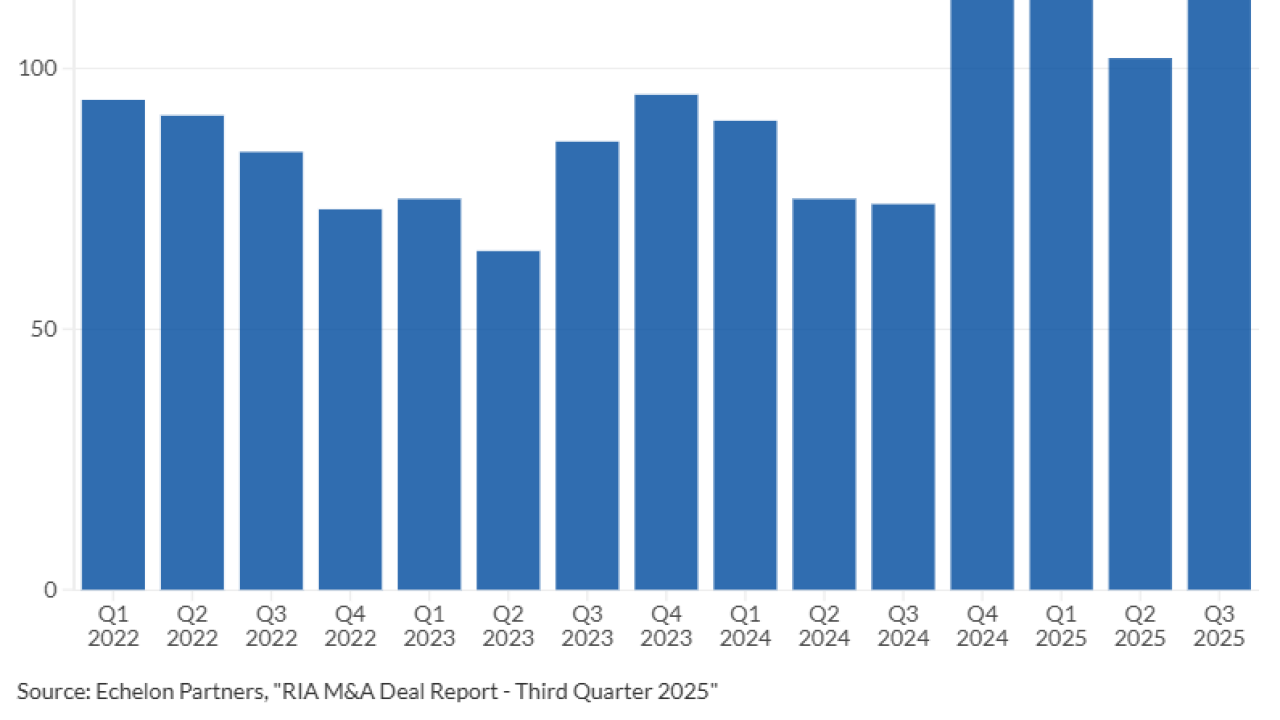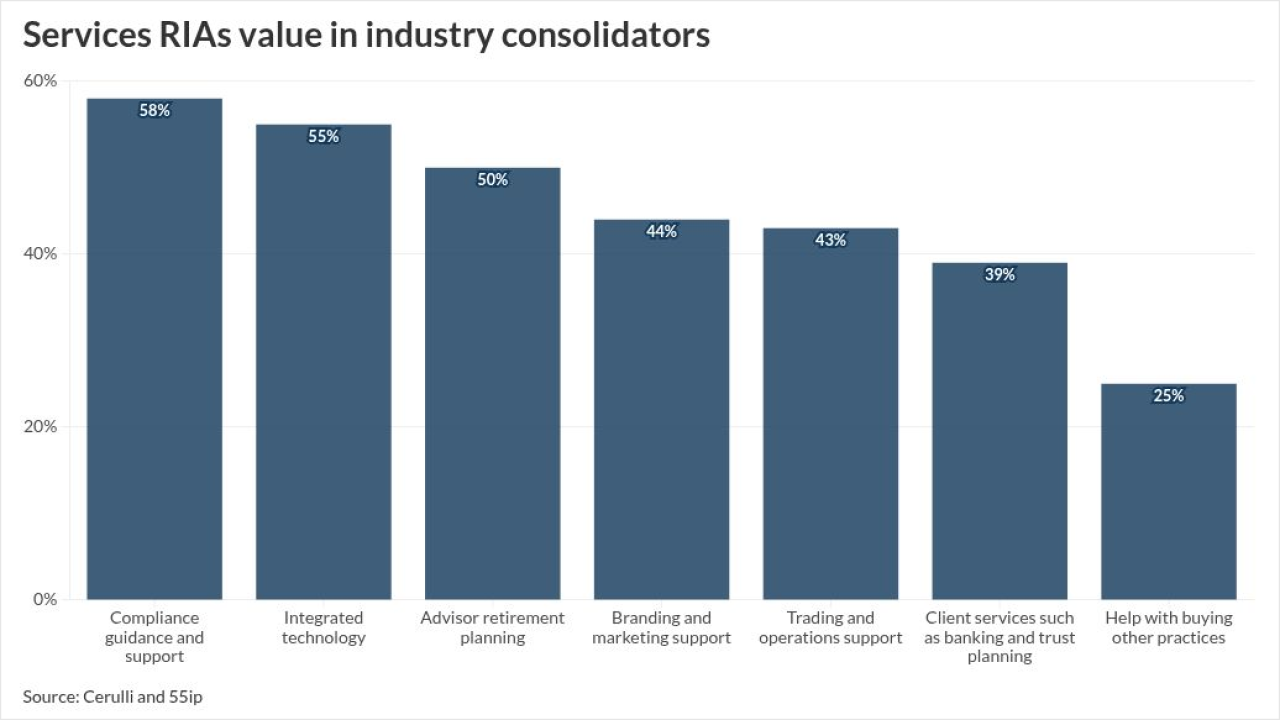After
In Wells' case, there will be no tweaks to
"For the fifth year in a row,
Banking on opening more checking accounts
Rather than make large changes, Wells next year is giving a little bit more of a push to offer investors products like checking accounts, annuities and accounts opened by the younger relatives of existing clients.
Advisors whose clients open new checking accounts can receive a revenue credit of 0.15% (15 basis points) of those accounts' daily average balances. If the new accounts also include a priority credit line — allowing investments to be used as collateral for loans — the revenue credit will rise to 0.25% (25 basis points).
Speaking on
"If you think you are going to increase the business flow, it can work," he said. "But if you don't think it's going to move behavior, you are going to pay for something they would have done anyway."
Incentives to work with relatives of existing clients
The one exception to that low rate was accounts opened by the children or grandchildren of existing clients. Advisors received 30% payout on those assets, even if they fell below the $250,000 threshold.
Next year, they will be able to receive the firm's full 50% payout rate on those small accounts. But to receive the full amount, the younger-generation clients they are serving will have to be tied to an existing client with at least $5 million in investable assets.
What's staying the same
Besides its basic paygrid, Wells is leaving untouched the limits it sets on advisors' claimable business expenses. Those will remain at $1,250 in total expenses for advisors producing $550,000 a year, $9,000 for those producing $1 million and $15,000 for those producing $1.5 million.
There also will be no change to an "enhanced payout" that provides advisors who are producing at least $330,000 a year with a bump in their pay if they generate $13,500 or more in a given month. They get to keep half of what they produce above that monthly threshold, but only 22% of anything falling below it.
Before this year, Wells had required advisors to produce only $300,000 a year to qualify for the enhanced payout. Its decision to raise that threshold to $330,000 in 2025 is part of a general trend to encourage advisors to generate more revenue and work more with wealthy clients.
Wells is also offering the same "growth rewards" to advisors who bring in $2 million or more in net new assets in a year, or $4 million over two years. Advisors who hit one of those goals and also






